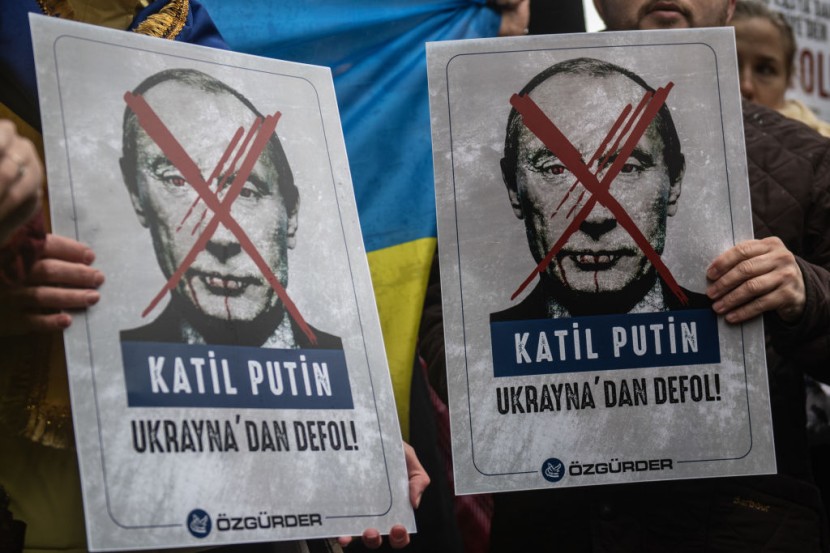
Russia has invaded Ukraine making the fears of the US and its European allies realized.
But moments before the attack occurred, Russian President Vladimir Putin delivered a message on television saying Russia's development and security are at risk because of a constant threat generated by Ukraine. He decided to launch an invasion because he wants "demilitarisation and denazification" of Ukraine, which he believes has been under the control of extremists. Though he said that occupation is not Russia's intention.
The Russia Ukraine conflict is about the latter country's future. However, Ukraine provides a broader platform for Russia to restore its influence in Europe and the rest of the world, as well as for Putin to cement his legacy, though it could result in tens of thousands of civilian deaths, a European refugee crisis, and a response from Western allies that includes harsh economic sanctions.
The United States and Russia have established boundaries that help clarify the costs, per Vox. Russia presented the US and its allies in the North Atlantic Treaty Organization (NATO). Putin requested that NATO cease its eastward expansion and refuse Ukraine membership, and a decrease in troop deployment in countries that joined the coalition after 1997, effectively turning back the clock on Europe's security and geopolitical alignment by decades. But the US and NATO rejected Russia's demands.
An Enduring Struggle
According to Euronews, In 2013, after Putin proposed a customs union with Russia, Belarus, and Kazakhstan, Ukrainian leader Viktor Yanukovych dropped plans to sign an agreement that would establish close ties with the European Union. Shortly after, Russia occupied Crimea, a move condemned by the United Nations General Assembly as illegitimate.
In 1954, Soviet leader Nikita Khrushchev moved the predominantly Russian-speaking peninsula to Ukraine.
Subsequently, conflict erupted between the Ukrainian government and Russian-backed separatists who declared Donetsk and Luhansk, also known as the Donbas, self-proclaimed republics in eastern Ukraine.
In 2014 and 2015, the two nations signed ceasefire agreements in Minsk. However, the conflict persisted due to violations and escalated into a trench war. The death toll from the struggle has already reached more than 14,000 as of present writing.
Russia began mobilizing tens of thousands of troops near Ukraine in the spring of 2021 in answer to what it described were NATO threats, a move that was highly denounced globally.
Door of Diplomacy Still Open
On Dec. 17, the Kremlin asked that NATO deployments return to the borders that the alliance maintained a quarter-century ago, putting an end to NATO's presence in locations like the Baltic states, which were once under Moscow's dominance. According to NBC News, Russia has demanded that NATO forces and weaponry be removed from NATO members Romania and Bulgaria, the latter of which does not even border Ukraine. Russia has also warned NATO on its expansion into nations like Sweden and Finland that increased their cooperation with the coalition.
Though some believe that diplomatic talks are still an option in resolving the conflict, many worry about the serious impact of a war in Europe. Per Al Jazeera, Russian Foreign Minister Sergey Lavrov earlier announced that Putin was still interested to talk to US President Joe Biden and other European leaders to formulate a diplomatic solution.
The crisis is unpredictable, as many analysts have warned, and no one understands exactly what Putin is seeking to accomplish.
Related Article : Rep. Michael Waltz Says Joe Biden Is Not Projecting Strength but Chooses Appeasement Despite Threat Serious Sanctions to Russia








